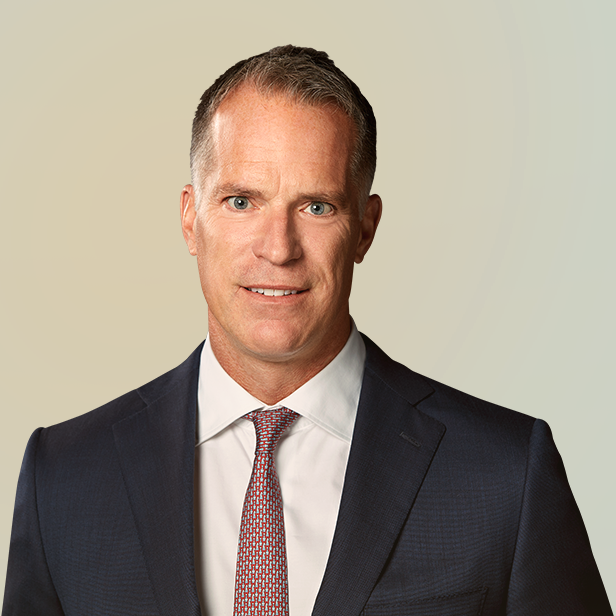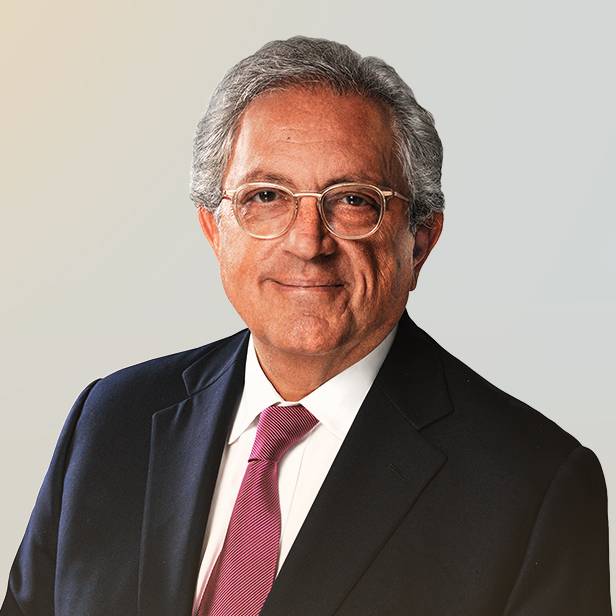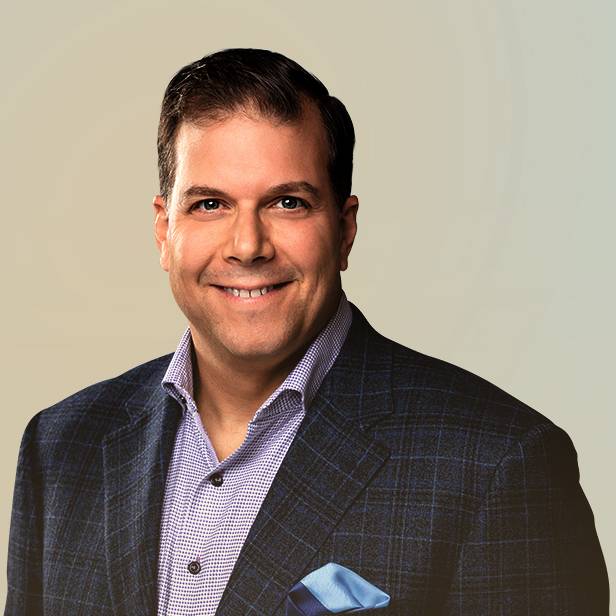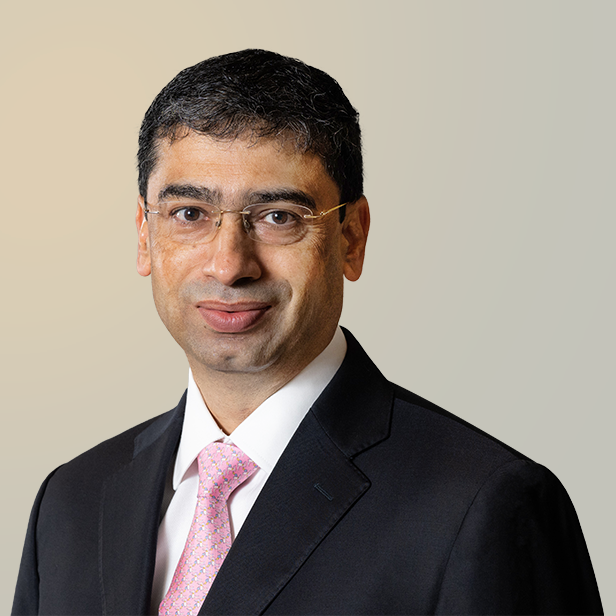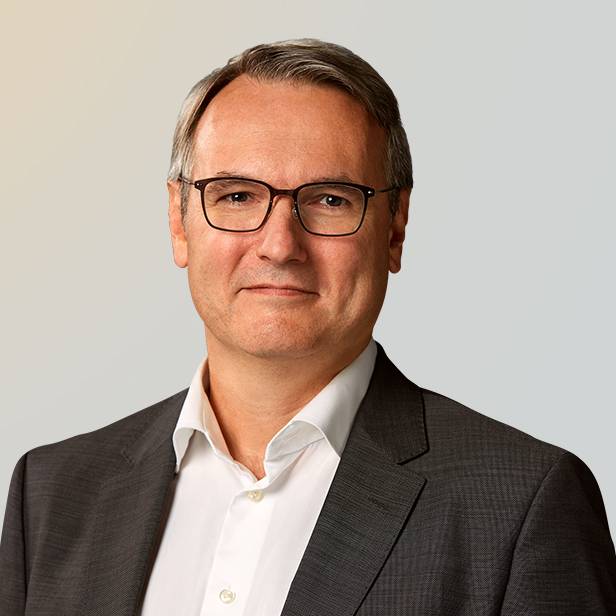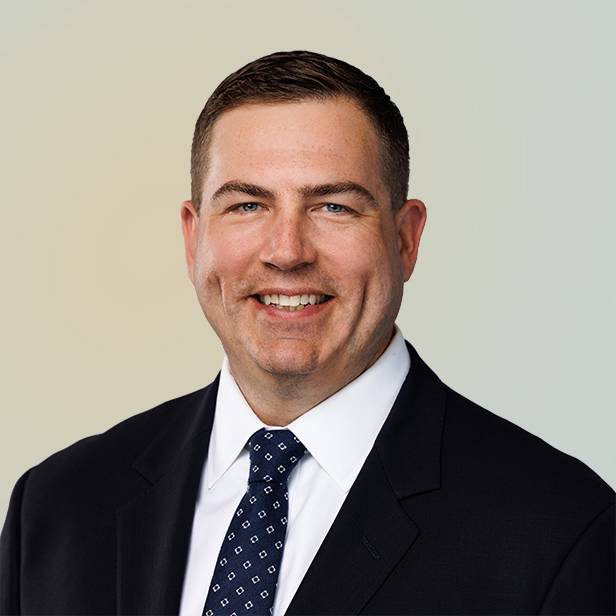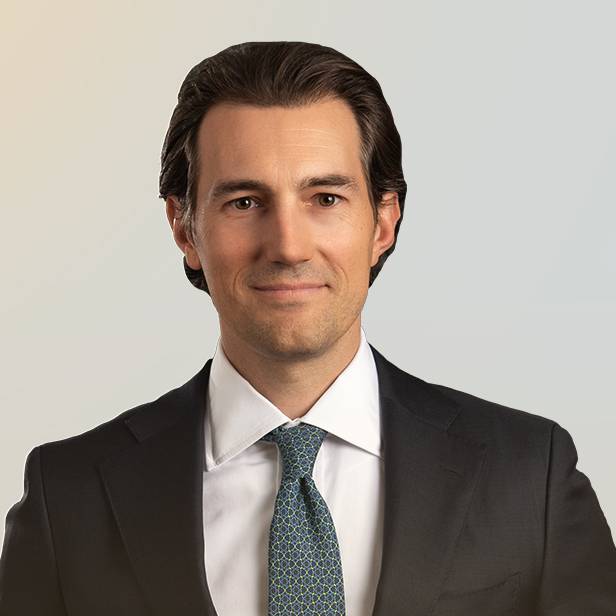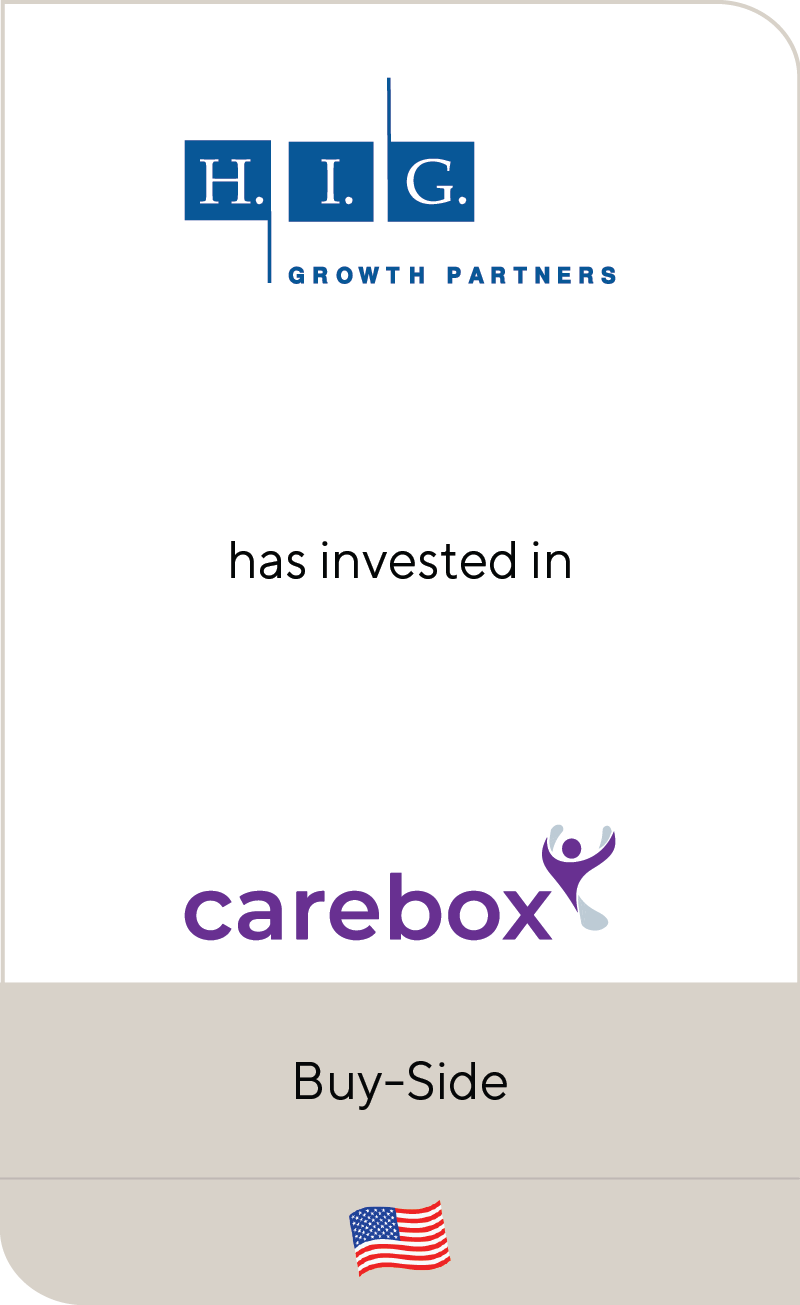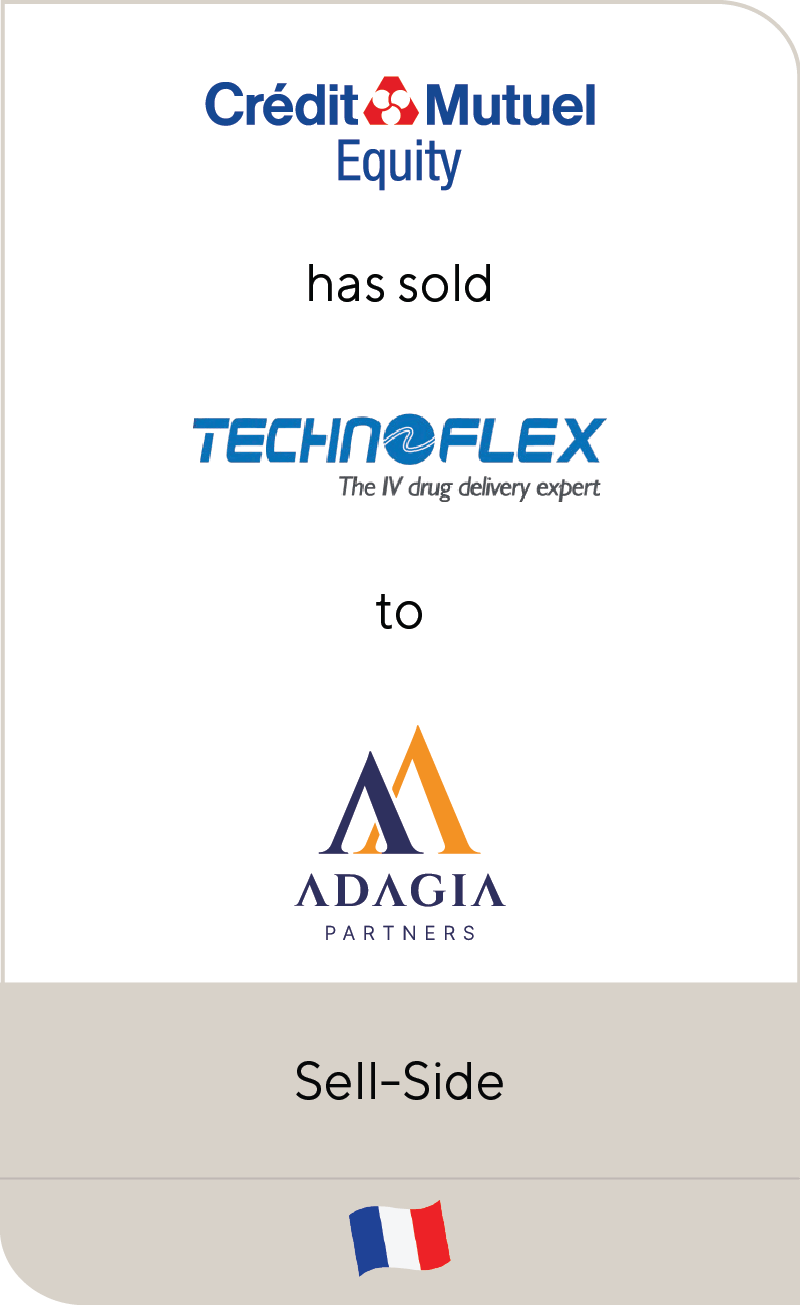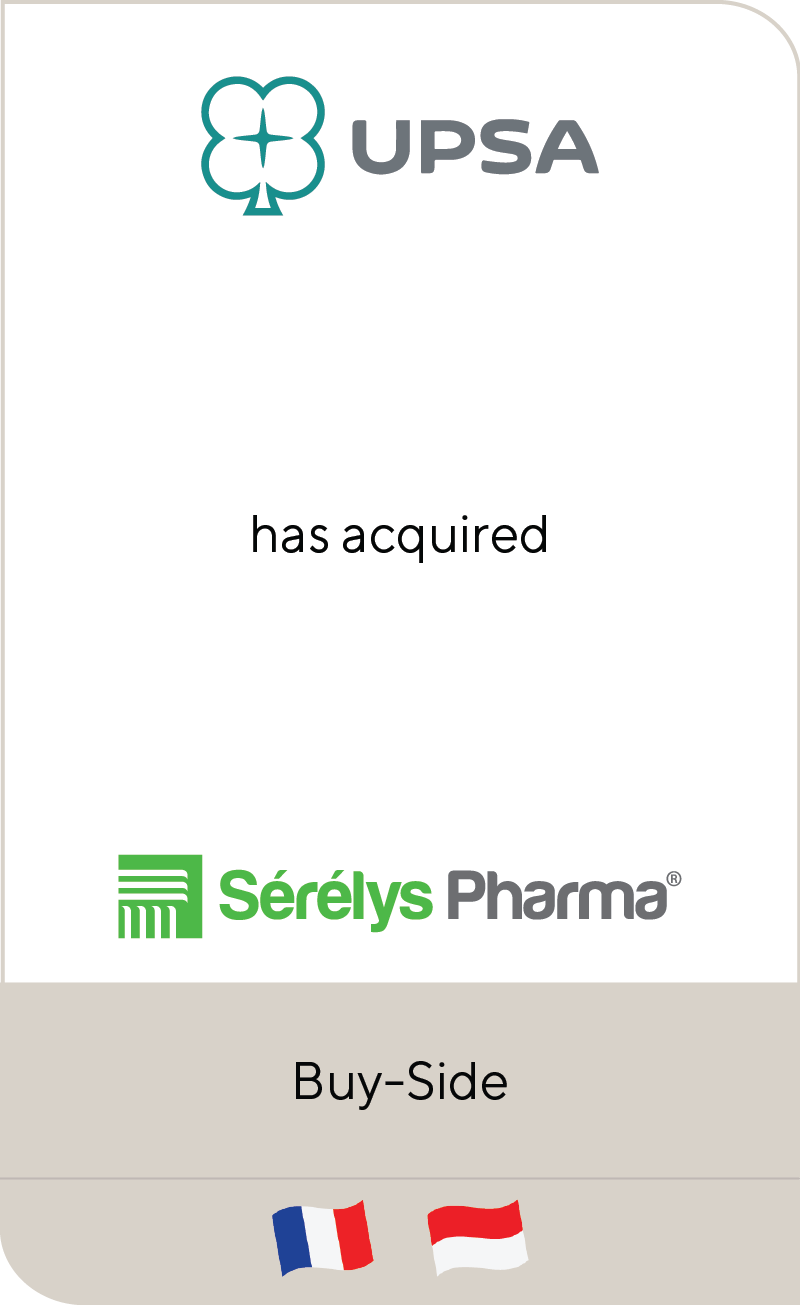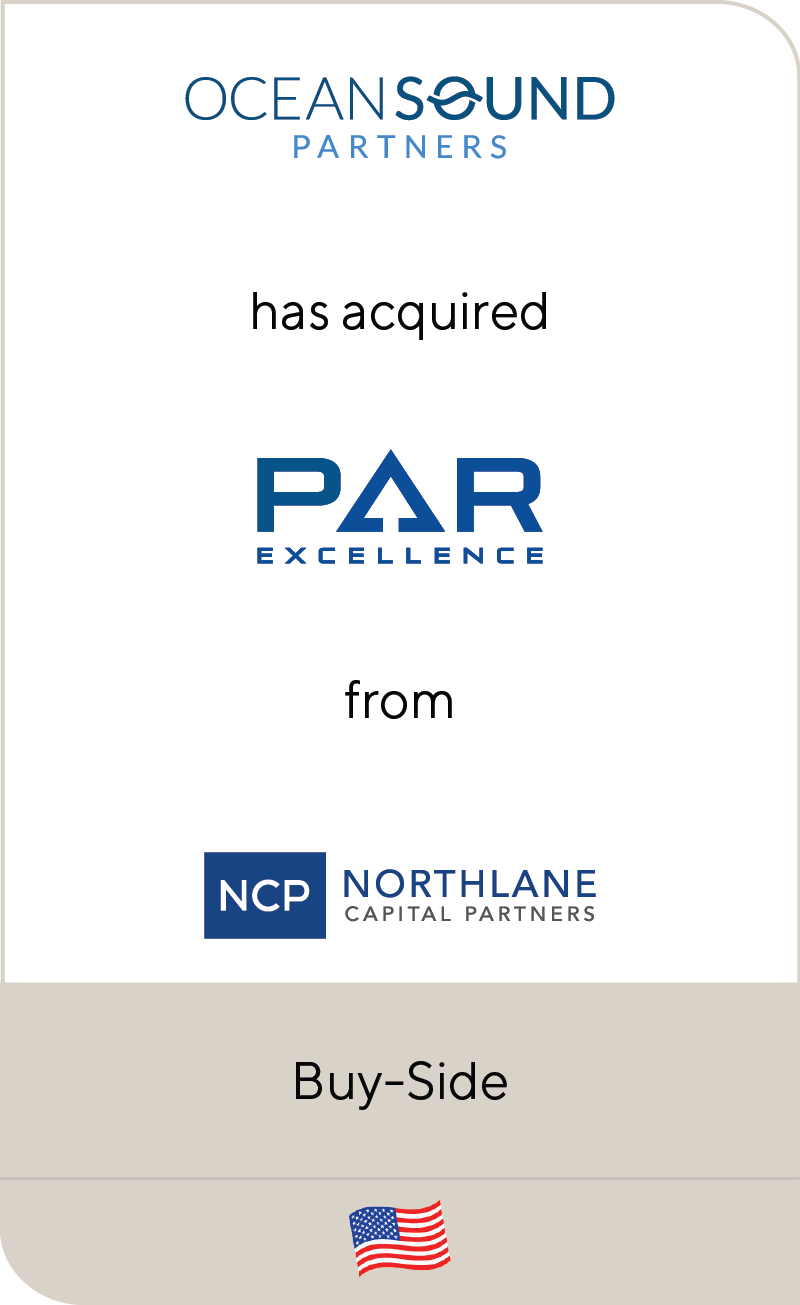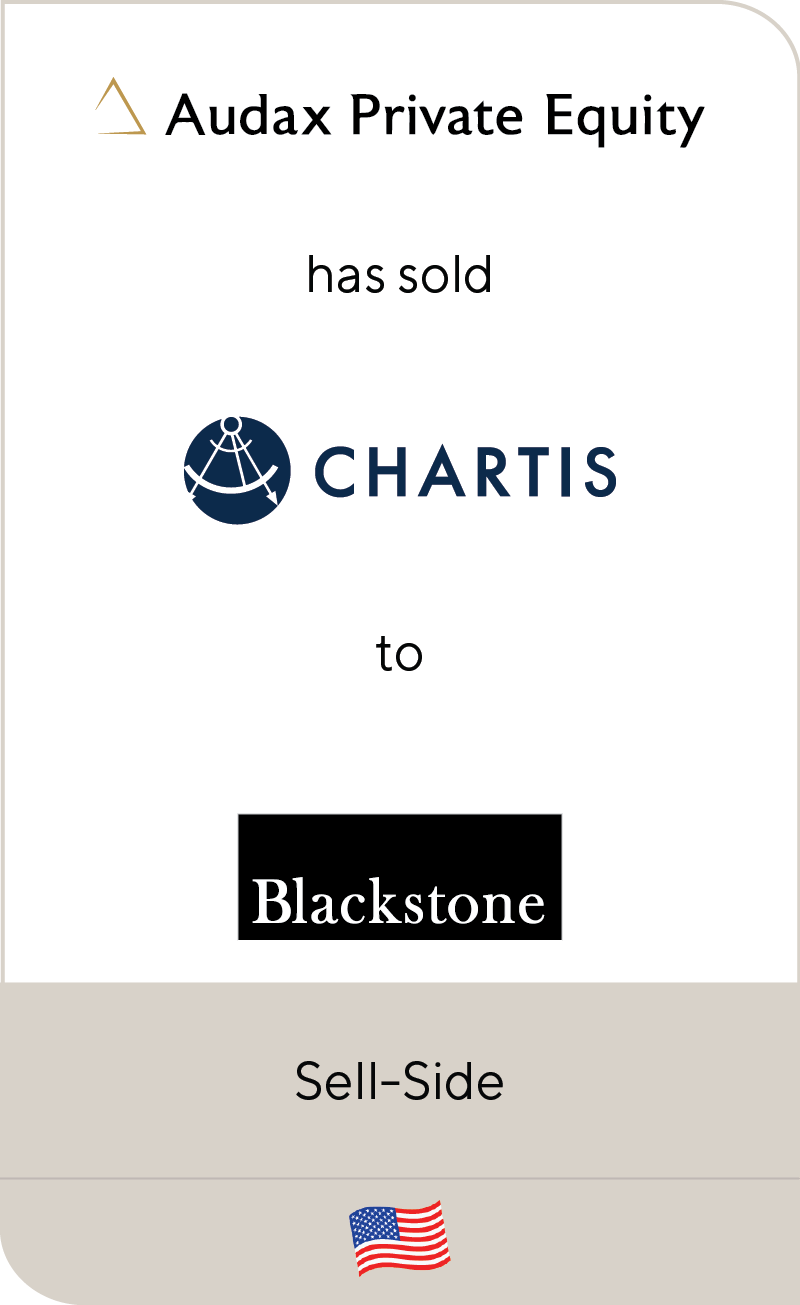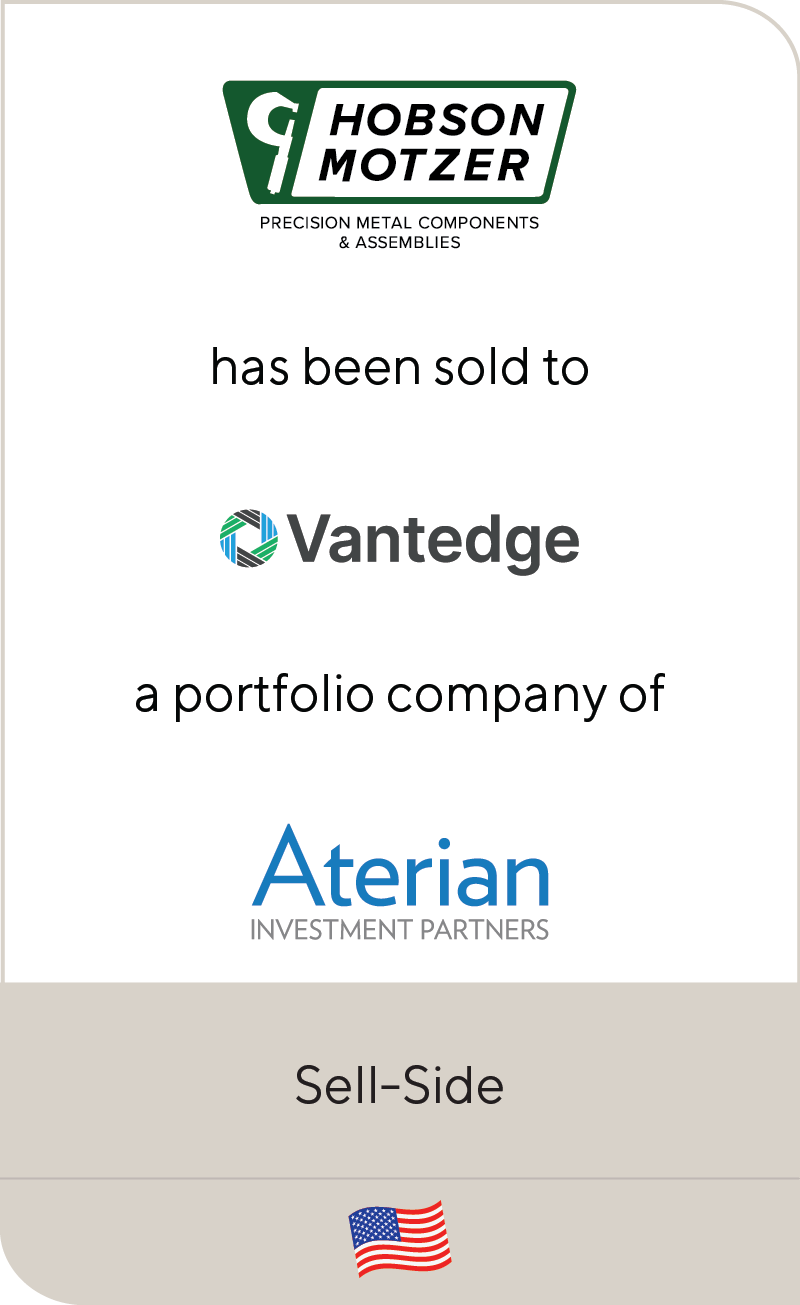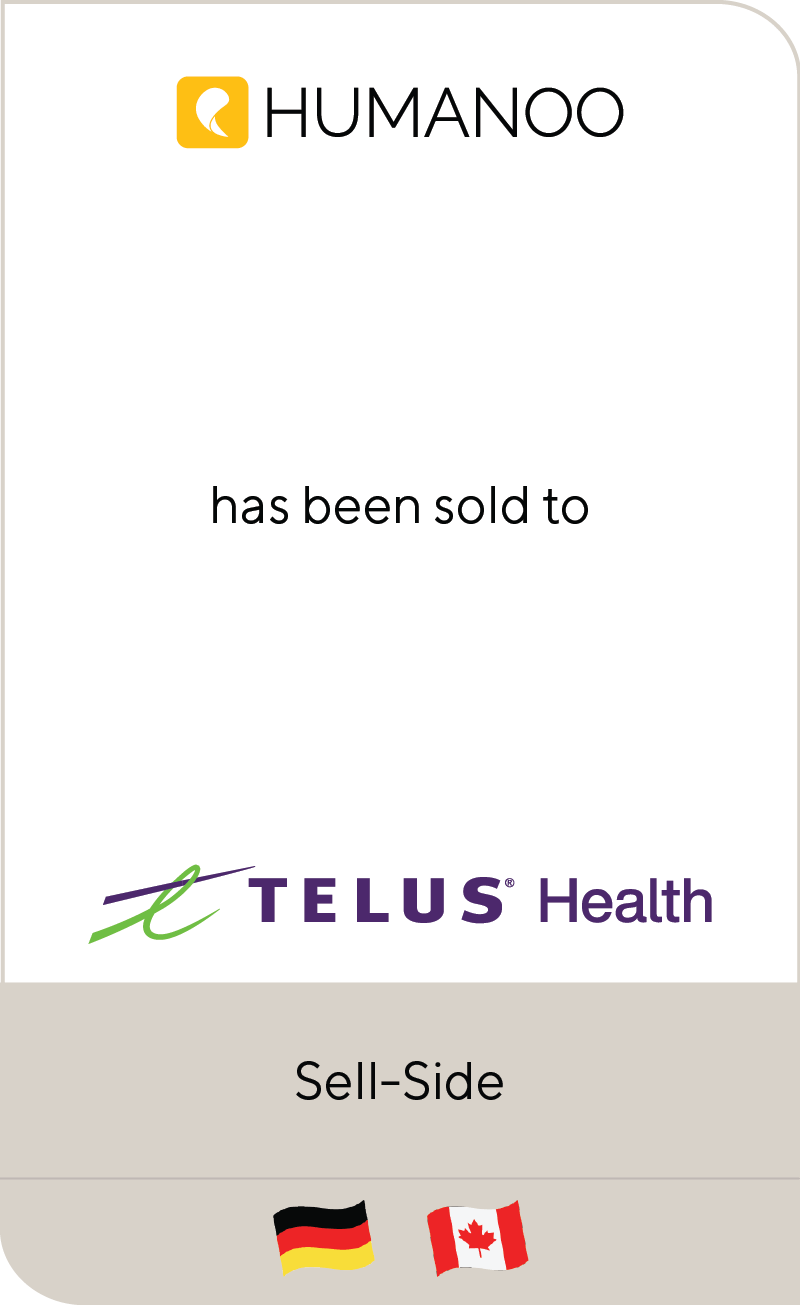Outlook in the EU: PE has Ophthalmology Sector in its Sights
Jul 2024
| Across Europe, private clinics and specialist outpatient healthcare providers such as ophthalmology practices have seen a wave of consolidation, which has led to the emergence of several pan-European and more local platforms. However, nearly 70% of all ophthalmology treatments are still performed by independent providers who work in smaller practice set-ups.
Since the market remains highly fragmented, there are still ample opportunities for private equity (PE) firms to acquire significant positions in the ophthalmology sector through mergers and acquisitions (M&A).(1) |
Summary
-
Lincoln International experts outline industry drivers, the ophthalmology landscape, consolidation rationale and recent deal activity.
- Click here to download a printable version of this perspective.
- Sign up to receive Lincoln's perspectives
Global industry drivers
| Aging population and increase in comorbidities: Increasing average age of patients and a higher prevalence in conditions such as diabetes with eye-related comorbidities are driving demand for ophthalmic treatments. |
| Uptick in screen time: COVID-19-induced increase in screen time combined with sociodemographic developments leading to a healthier and more convenient lifestyle of the younger generation are fuelling the market for elective surgical laser vision correction despite this procedure attracting no reimbursement from payors |
| Technological advancements:Investments in medical and operational technology infrastructure significantly increase the quality of the treatments but at the same time also offer efficiency gains. |
| Market density: This creates economies of scale, increases leverage with payers, expands brand recognition and helps with physician recruitment. |
| Diversifying: Some platform operators are also seeking to broaden their offerings beyond publicly reimbursed cataracts and to explore ancillary revenue streams through co-location or vertical integration with optometrists and opticians that provide cross-referral opportunities and a comprehensive solution for patients |
Ophthalmology landscape
| Diverse landscape: In Europe, ophthalmology is characterized by a diverse landscape, where service delivery models significantly vary among countries, influenced by historical, regulatory, and economic factors that shape the healthcare system in each country. |
| Cost pressures: Cost and wage inflation as well as increasing administrative burdens, put significant pressure on smaller independently run practice set-ups and leads to ophthalmologists being distracted by non-medical admin-related tasks. |
| Staffing shortages: Increasingly shortage of skilled labor, including physicians, nurses and others, driven by the rising average age of surgeons, fewer graduates, more risk averse generations looking for employment rather than ownership and an increasing share of part-time workforce. |
| Reimbursement dynamics:Reimbursement dynamics vary significantly across countries in Europe based on the different healthcare (insurance) systems. However, regulators are all focused on increasing efficiency and cutting healthcare expenditures putting significant pressure on the respective systems. |
Rationales for larger practices groups and consolidation
| Impact from demographic developments is driving the increase in the average age of physicians and an increasing number of physicians seeking an exit from their practice |
| Diversifying revenue streams and de-risking exposure to single healthcare system larger platforms are increasingly looking to internationalize. |
| Ability to build support functions in larger platforms enables physicians to re-focus on medical work and the treatment of patients rather than handling administrative tasks. |
| Larger practice groups can offer significant benefits to physicians, including employment rather than ownership or a mix of both, more flexible working quotas, interdisciplinary exchange. between specialists, improved referral management, continuous education, and attractive career opportunities, resulting in the ability to attract and retain talents. |
| Increased negotiation power with authorities and payors as well as favorable contracts with health insurance companies. |
| Faster appointments and significantly improved medical outcomes for patients driven by improved tracking of KPIs, quality control and more structured processes. |
Lincoln International’s involvement in recent deal activity
Optegra, a leading European ophthalmology platform headquartered in the UK, is a prime example of how private equity investors can support ophthalmology practice groups to achieve market-leading positions and accelerate geographic expansion via cross-border acquisitions.
Following the investment by H2 Equity Partners in early 2021, Optegra has grown significantly through an improvement of the operational setup, an increase in efficiencies, greenfield investments in the UK and via acquisitions in Poland, the Czech Republic, and Slovakia before it was sold to MidEuropa in 2023.
1) O’Donnell EM, et al. The Growth of Private Equity Investment In Health Care: Perspectives From Ophthalmology. Health Affairs. 2020;39(6).
Contributors

It’s extremely rewarding to work in one of the largest and most diverse global business sectors helping support clients to realize their goals.
Matthew Lee
Managing Director, Head of UK & Co-head of Healthcare, Europe
LondonMeet Professionals with Complementary Expertise in Healthcare

It’s extremely rewarding to work in one of the largest and most diverse global business sectors helping support clients to realize their goals.
Matthew Lee
Managing Director, Head of UK & Co-head of Healthcare, Europe
London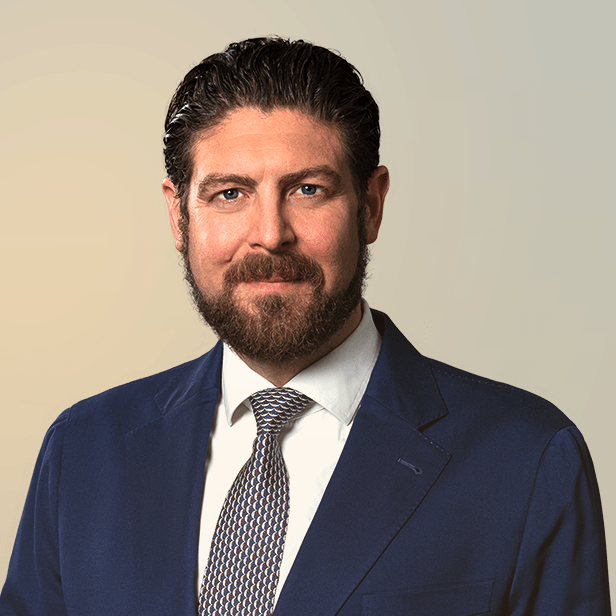
I enjoy working closely with clients to overcome challenging situations and to develop strategies to meet their business goals.
Dirk-Oliver Löffler
Managing Director & Co-head of Healthcare, Europe
Frankfurt
My goal is to bring the best of Lincoln to each and every transaction, ensuring the topmost outcomes for our clients.
Roderick O’Neill
Managing Director & Co-head of Healthcare
New York


